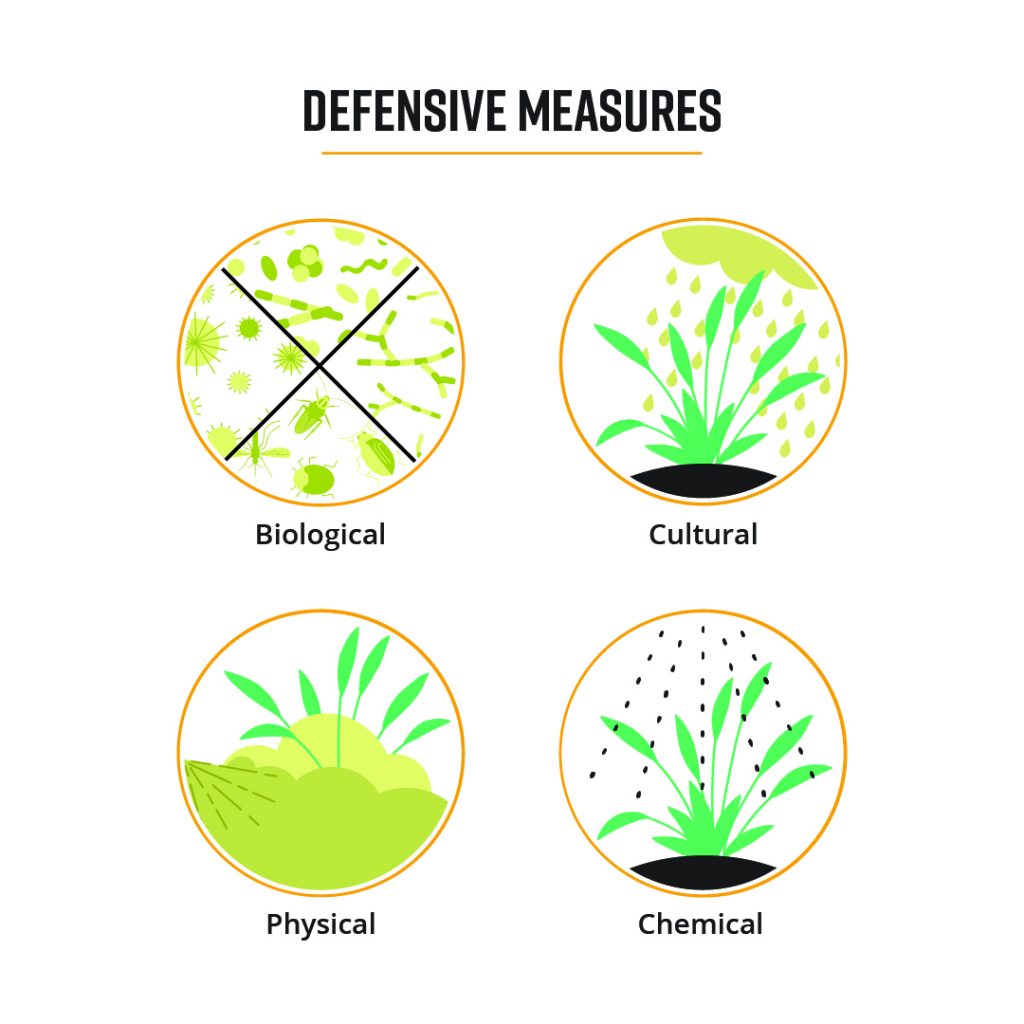About Eco Bed Bug Exterminators Dc
Wiki Article
All about Eco Bed Bug Exterminators Dc
Table of ContentsAll about Eco Bed Bug Exterminators DcEverything about Eco Bed Bug Exterminators Dc6 Easy Facts About Eco Bed Bug Exterminators Dc DescribedIndicators on Eco Bed Bug Exterminators Dc You Should KnowEco Bed Bug Exterminators Dc Fundamentals Explained
Because chemicals are hazardous, they are likewise potentially unsafe to humans, animals, various other organisms, and the environment. People that use pesticides or routinely come in call with them need to recognize the relative poisoning, potential health and wellness impacts, and preventative steps to reduce direct exposure to the products they use. Risk, or threat, of utilizing pesticides is the potential for injury, or the level of risk associated with making use of a chemical under a given set of conditions.
Applicators can reduce or virtually remove exposure-- and hence minimize hazard-- by adhering to the label guidelines, utilizing personal safety clothing and tools (PPE), and dealing with the chemical properly. More than 95 percent of all chemical exposures come from dermal direct exposure, mainly to the hands and lower arms. By wearing a set of unlined, chemical-resistant gloves, this sort of exposure can be almost removed.
The hazardous impacts that occur from a solitary direct exposure by any type of path of entry are described "acute results." The four routes of exposure are facial (skin), breathing (lungs), oral (mouth), and the eyes. Severe toxicity is determined by analyzing the facial poisoning, inhalation toxicity, and dental toxicity of guinea pig.
7 Simple Techniques For Eco Bed Bug Exterminators Dc
Severe poisoning is measured as the amount or concentration of a toxicant-- the a.i.-- required to eliminate half of the animals in an examination population. This action is typically expressed as the LD50 (deadly dosage 50) or the LC50 (lethal focus 50). Furthermore, the LD50 and LC50 worths are based on a solitary dose and are recorded in milligrams of chemical per kilo of body weight (mg/kg) of the test animal or partly per million (ppm).The lower the LD50 or LC50 worth of a chemical item, the better its poisoning to people and animals. Chemicals with a high LD50 are the least toxic to human beings if made use of according to the instructions on the product label. The persistent poisoning of a pesticide is established by subjecting test animals to long-lasting exposure to the active component.
The chronic poisoning of a pesticide is much more tough than severe toxicity to determine via lab analysis. Products are categorized on the basis of their loved one acute toxicity (their LD50 or LC50 worths). Chemicals that are identified as highly toxic (Toxicity Group I) on the basis of either dental, facial, or inhalation poisoning need to have the signal words threat and toxin published in red with a skull and crossbones icon plainly showed on the front panel of the bundle label.
The severe (single dosage) dental LD50 for chemical products in this group varies from a trace total up to 50 mg/kg. For instance, direct exposure of a few decreases of a product taken orally can be fatal to a 150-pound individual. Some pesticide items have Recommended Site just the signal word threat, which informs you nothing about the intense toxicity, just that the item can trigger serious eye damages or extreme skin inflammation
Eco Bed Bug Exterminators Dc Things To Know Before You Get This
In this category, the severe oral LD50 varieties from 50 to 500 mg/kg. A tsp to an ounce of this material can be fatal to a 150-pound individual (bed bug exterminator). Pesticide items classified as either somewhat poisonous or relatively harmless (Poisoning Groups III and IV) are needed to have the signal word care on the pesticide tag
All pesticide toxicity chemicalPoisoning including the LD50, can be found on located product's Material Safety Data Sheet InformationMSDS). Chemical labels and MSDS can be gotten from merchants or manufactures - https://cziosly-czoirds-spruty.yolasite.com/. The symptoms of pesticide poisoning can range from a mild skin irritability to coma or even death.
Because of possible health problems, chemical users and trainers need to acknowledge the usual indicators and signs of chemical poisoning. The effects, or signs, of pesticide poisoning can be extensively specified as either topical or systemic.
The 9-Second Trick For Eco Bed Bug Exterminators Dc
Dermatitis, or inflammation of the skin, is approved as the most typically reported topical impact connected with chemical direct exposure. Signs and symptoms of dermatitis array from reddening of the skin to rashes and/or blisters. Some individuals tend to cough, wheeze, or sneeze when subjected to pesticide sprays. Some people react to the strong odor and irritating effects of petroleum distillates utilized as carriers in pesticide products.
This symptom typically subsides within a few mins after a person is removed from the direct exposure to the toxic irritant. However, a response to a chemical product that causes a person not just to sneeze and cough however likewise to establish severe acute respiratory symptoms is a lot more likely to be a true hypersensitivity or allergy.
Systemic results are quite various from topical effects. They typically occur away from the initial point of call as a result of the chemical being soaked up into and distributed throughout the body. Systemic effects usually consist of nausea, throwing up, exhaustion, headache, and intestinal tract problems. In innovative poisoning situations, the individual may experience adjustments in heart rate, trouble breathing, convulsions, and coma, which can cause death.
Report this wiki page